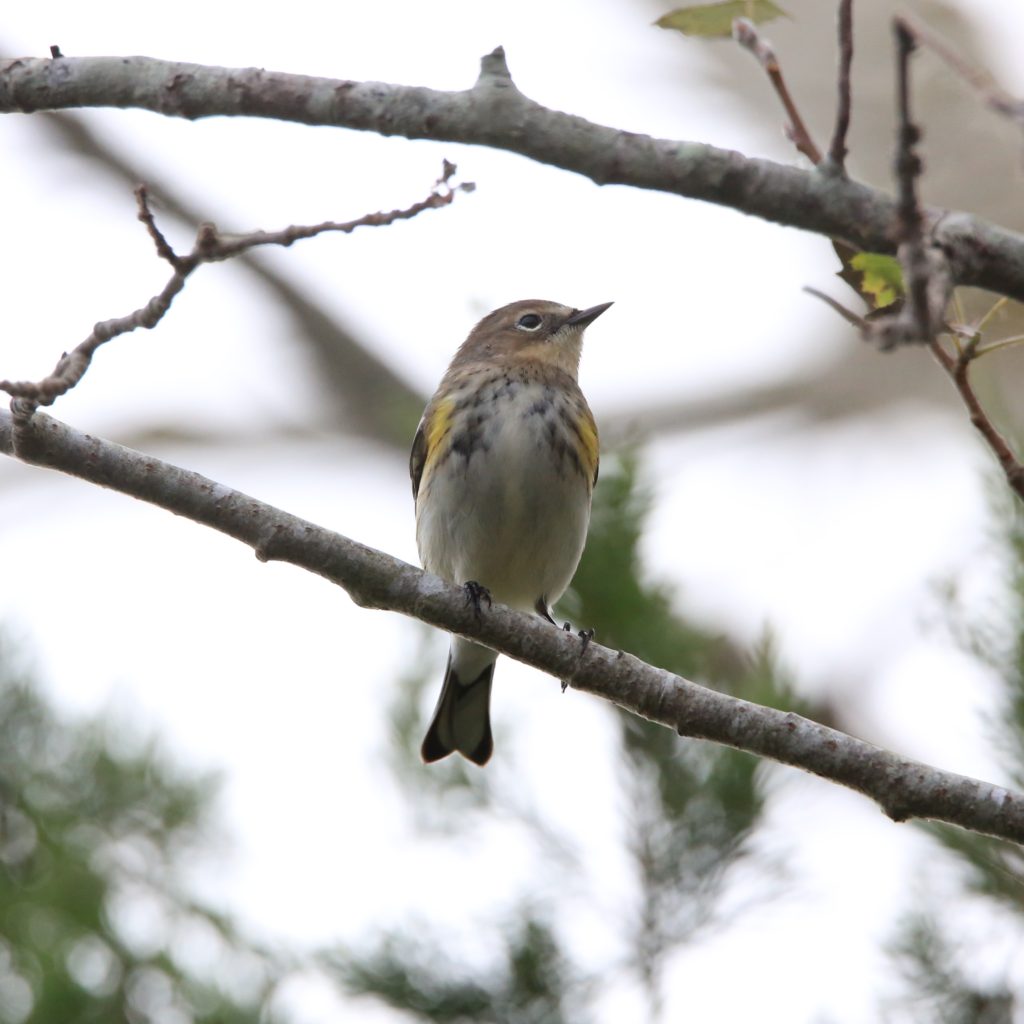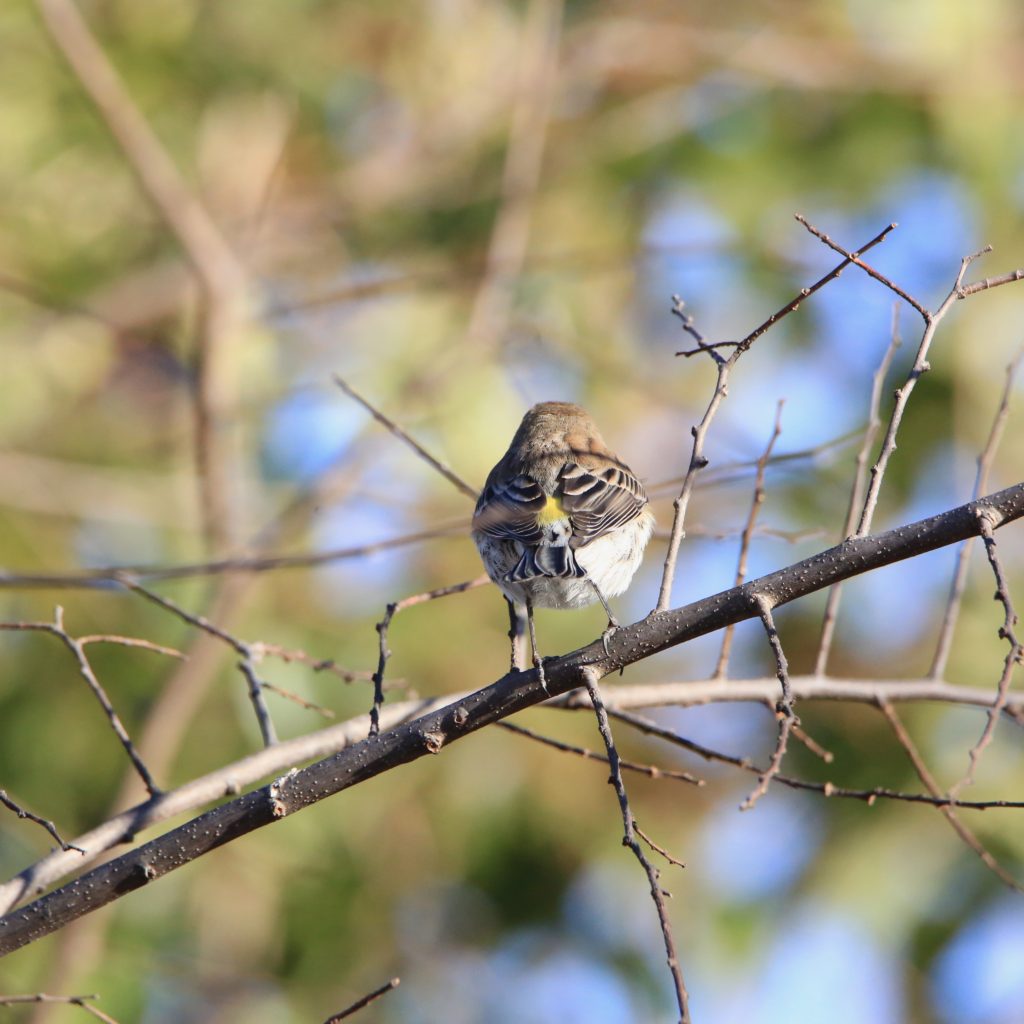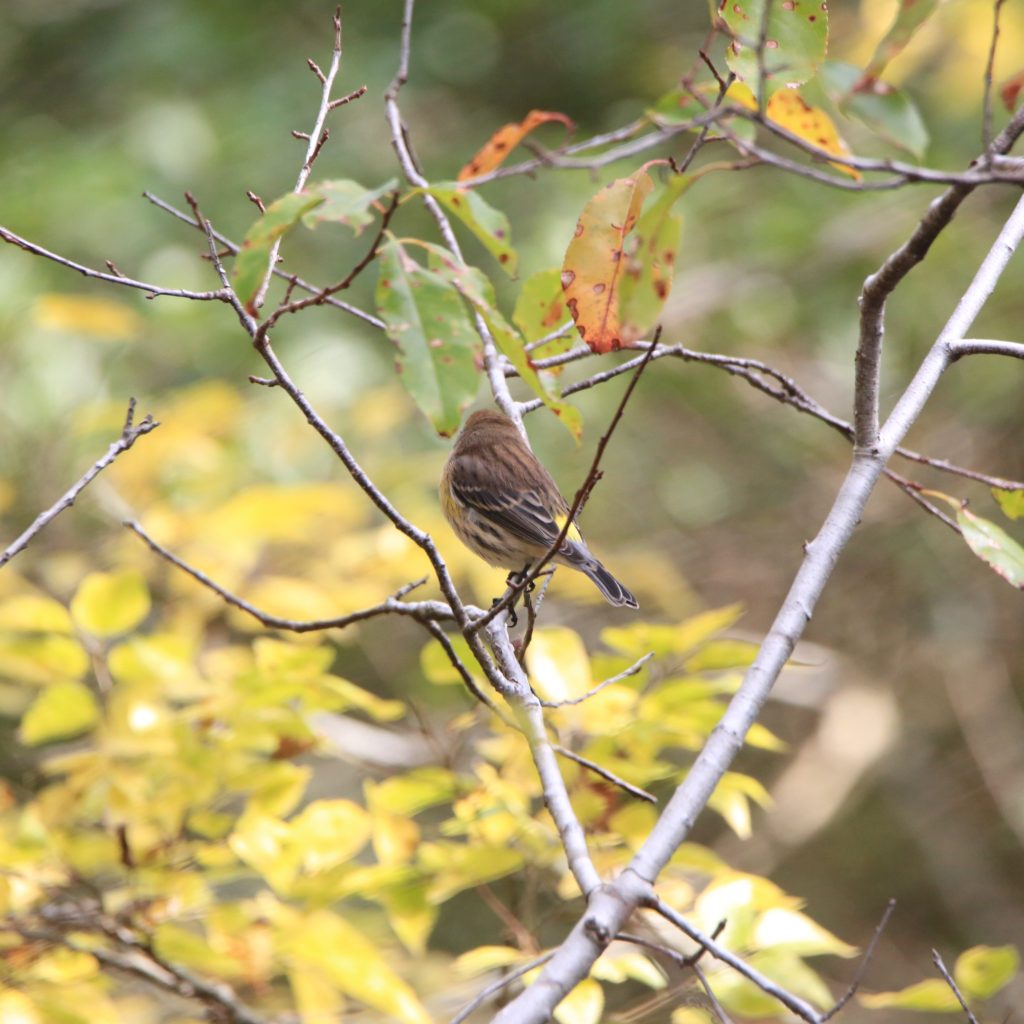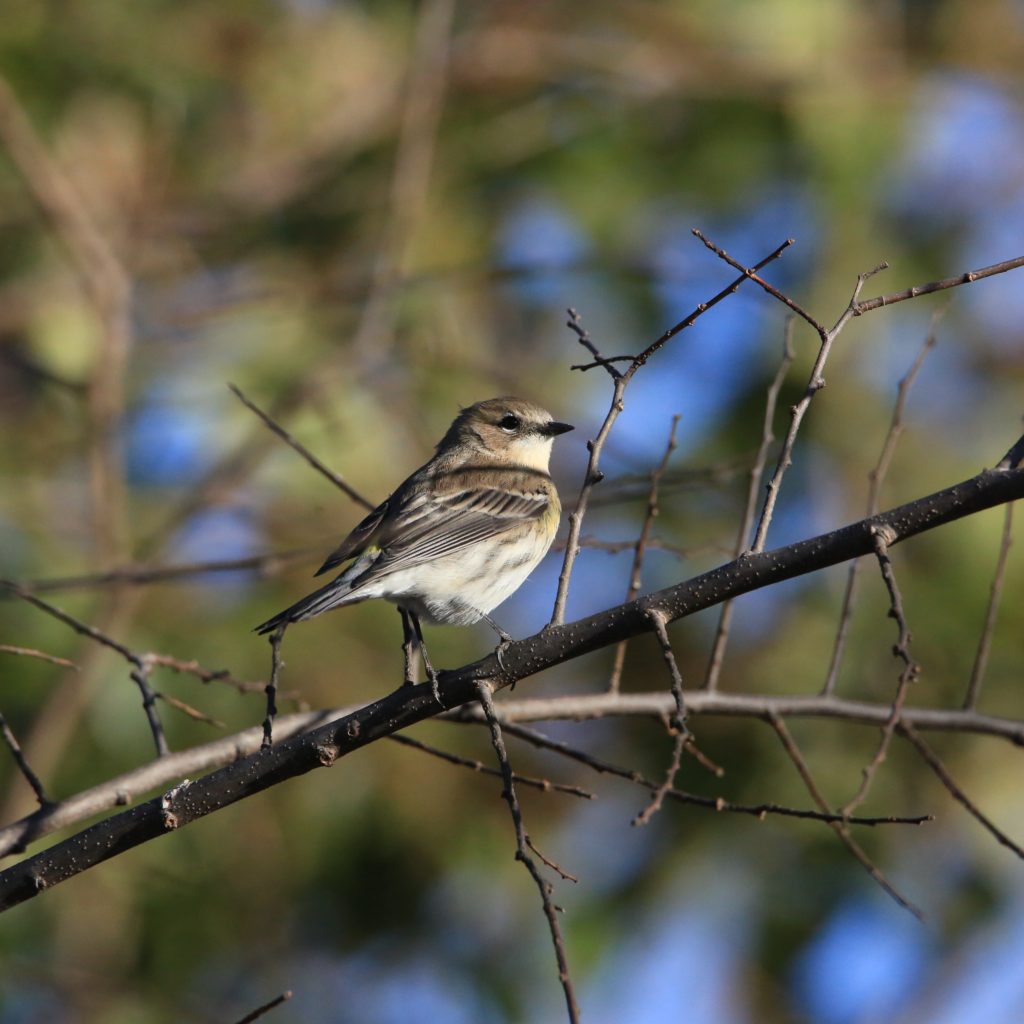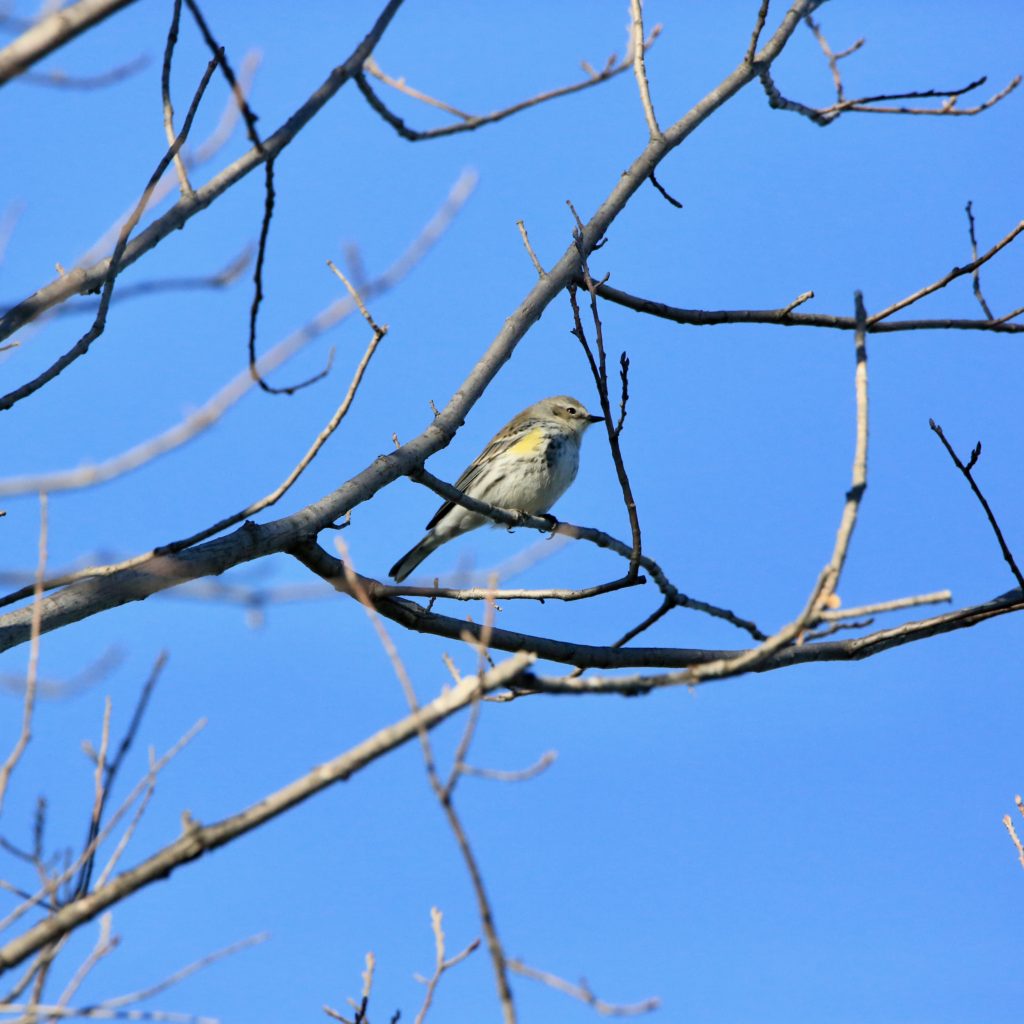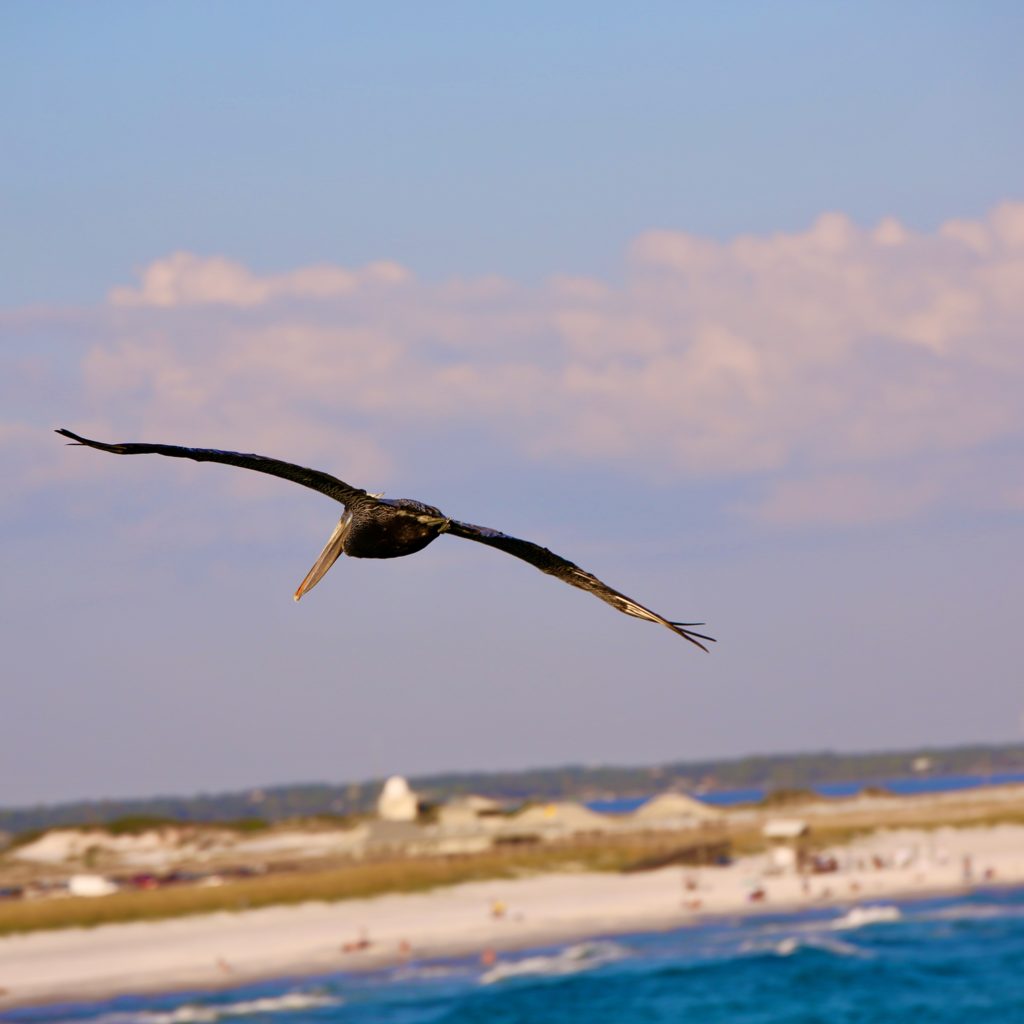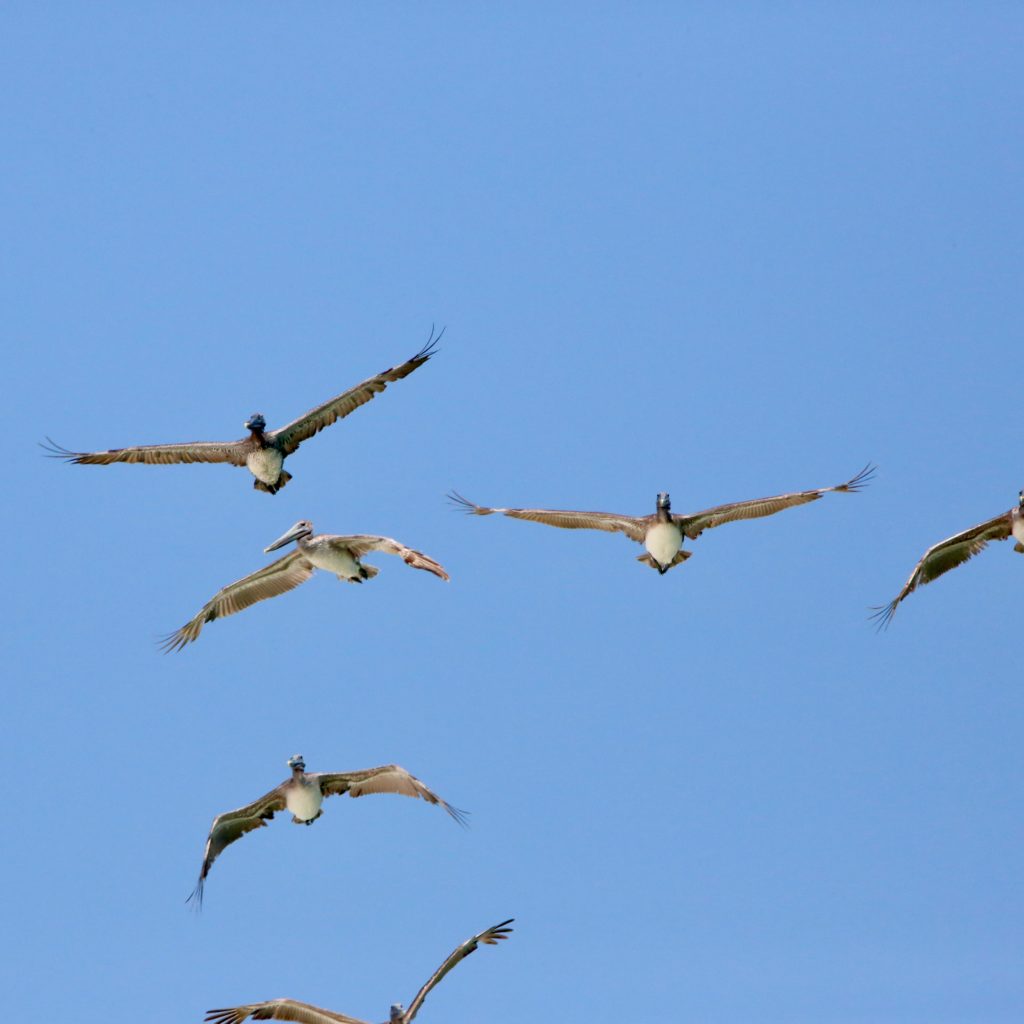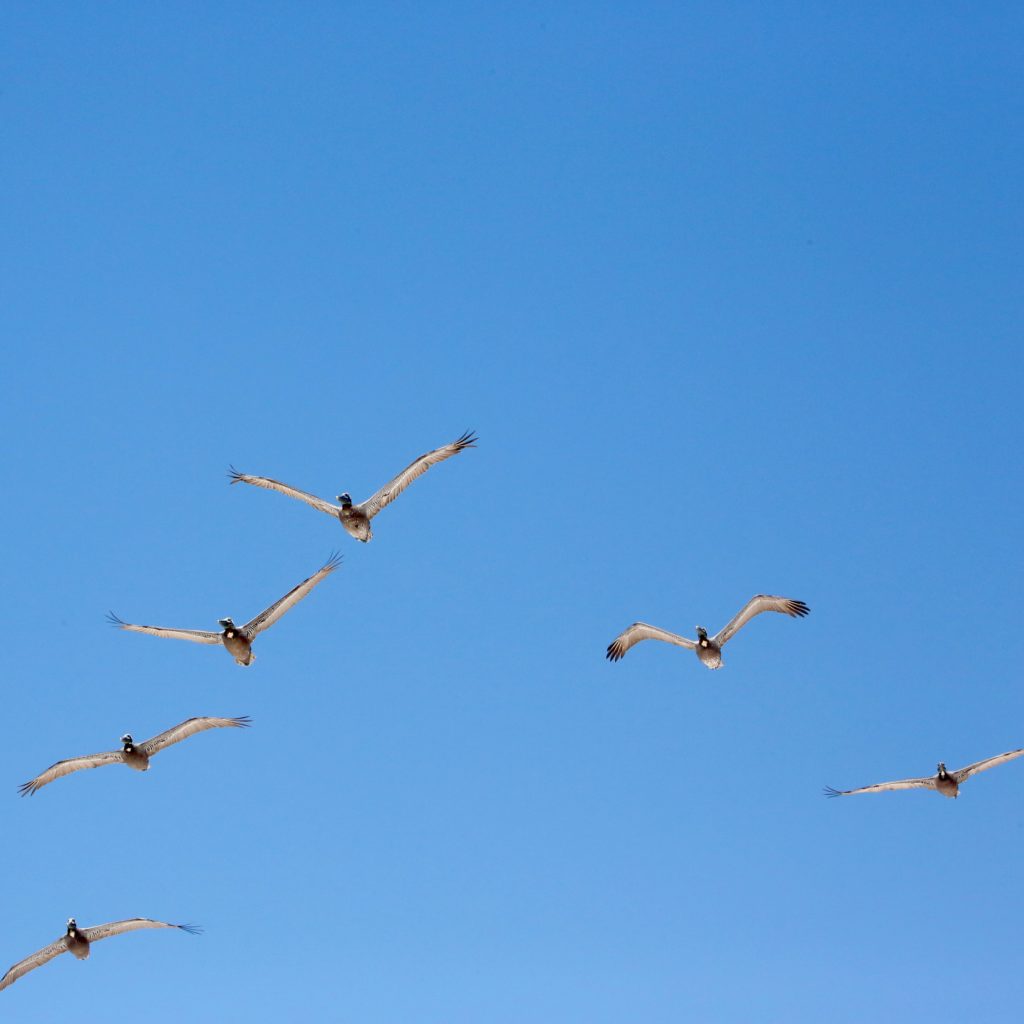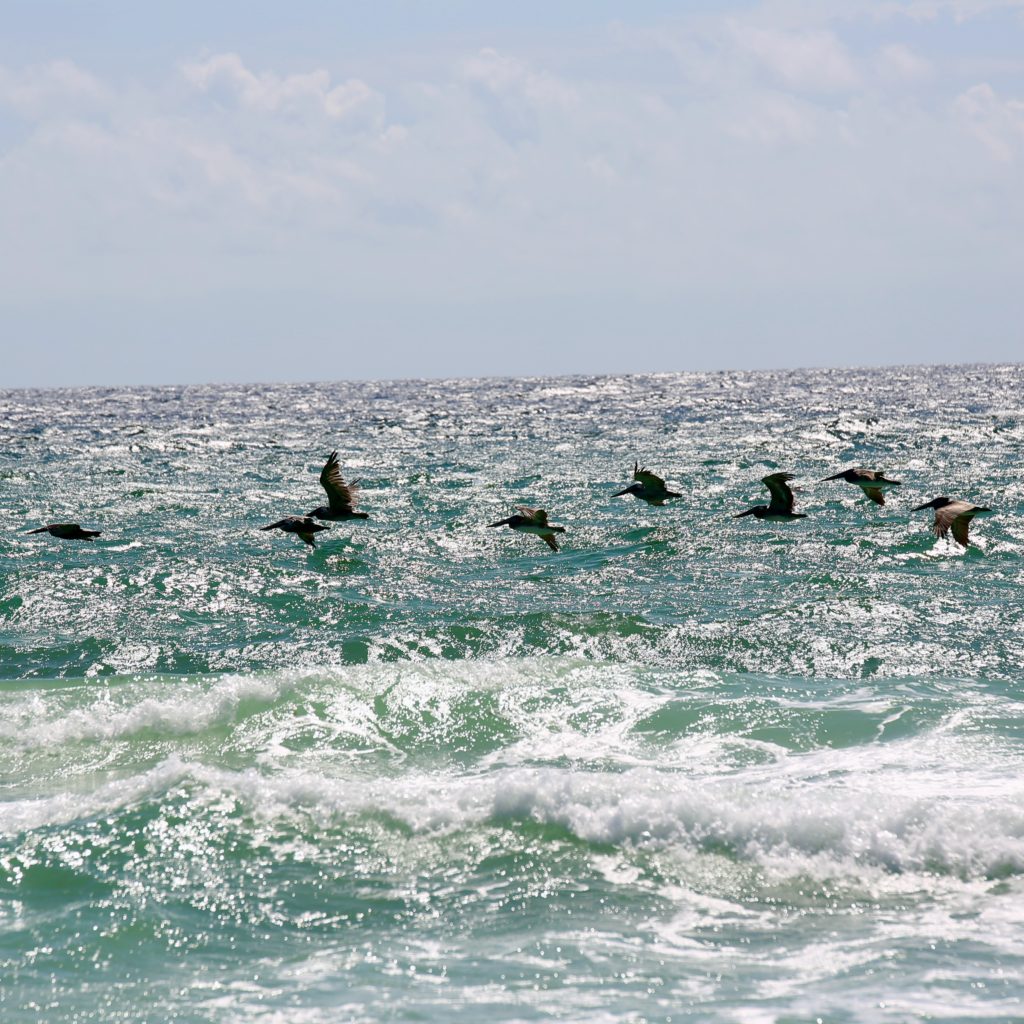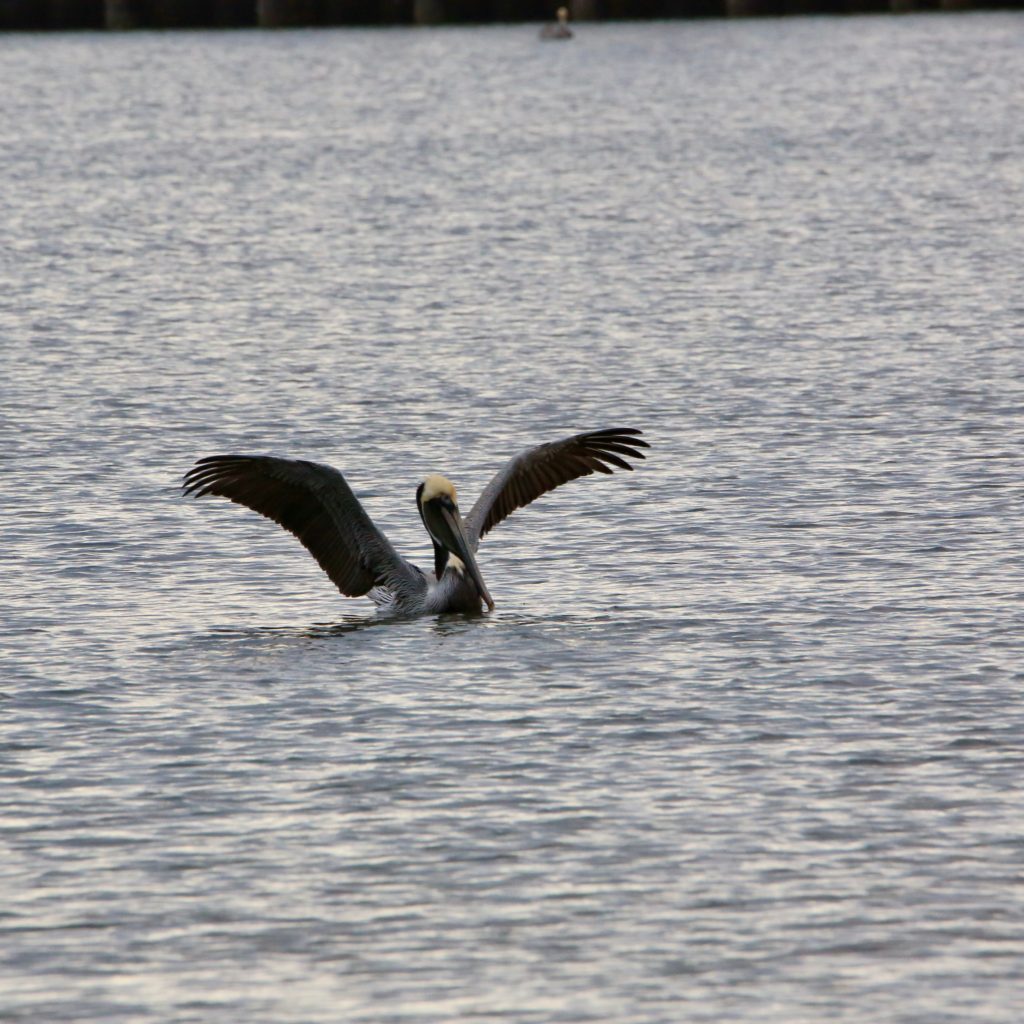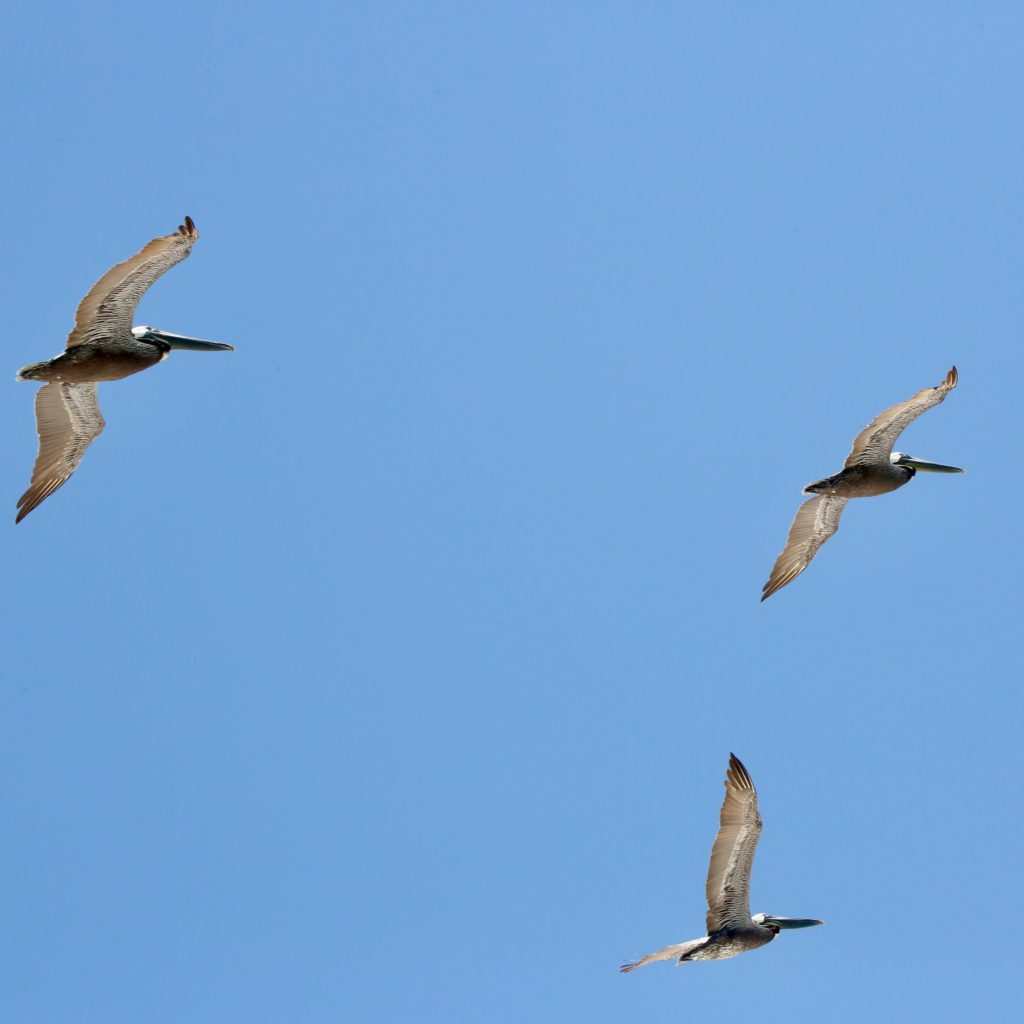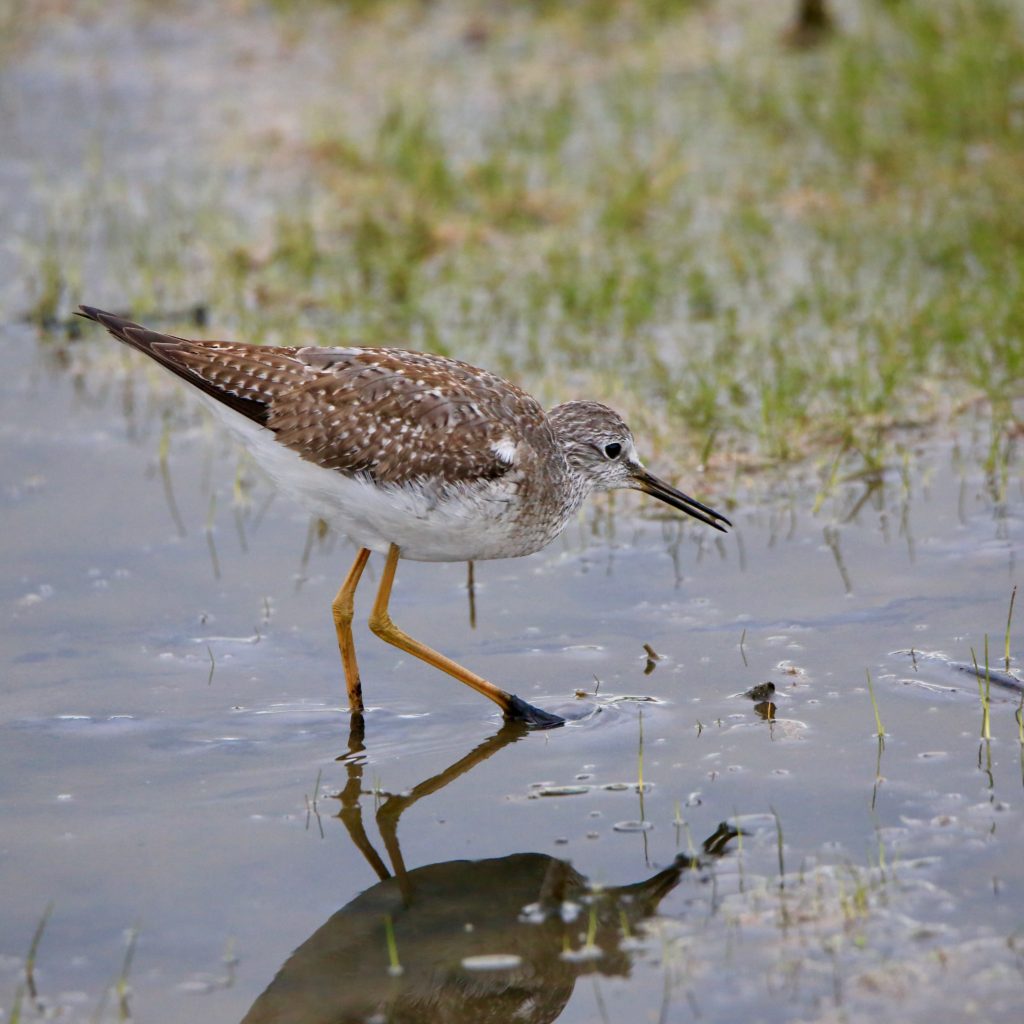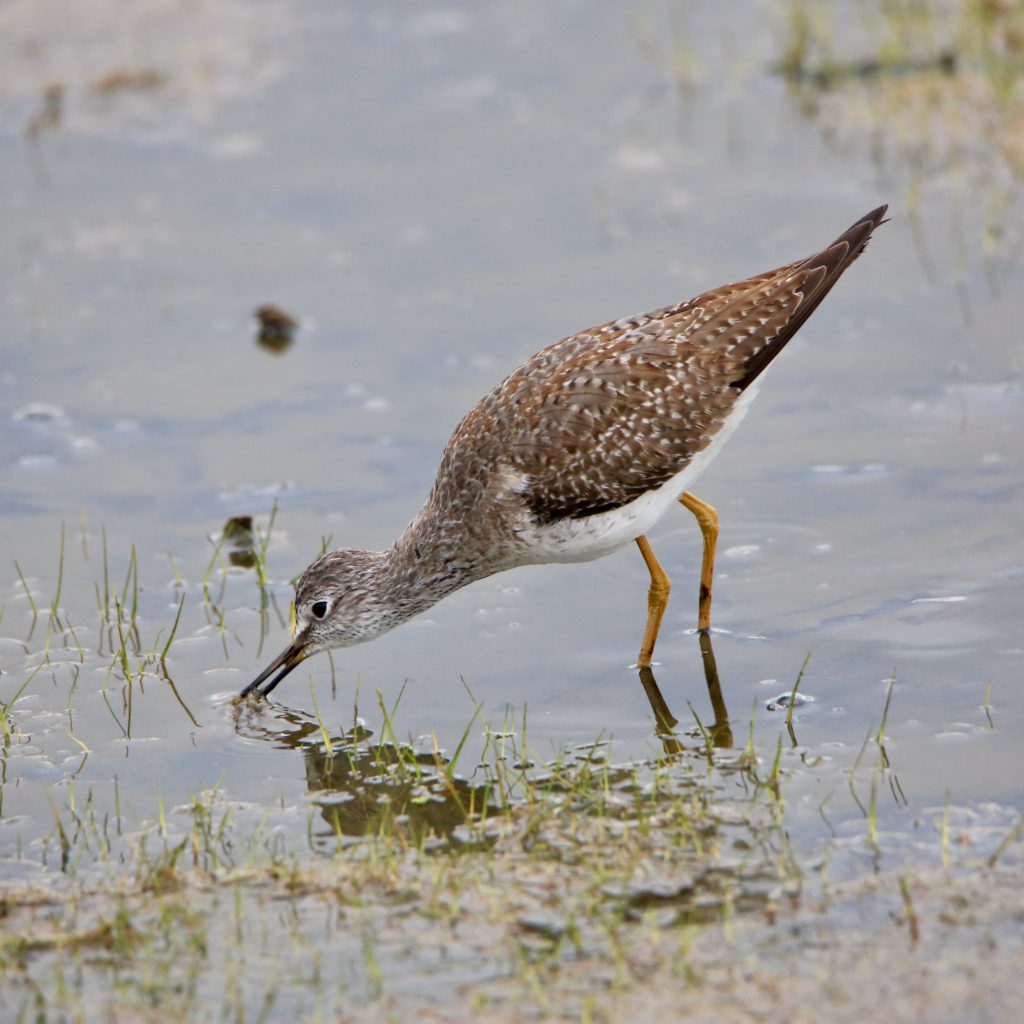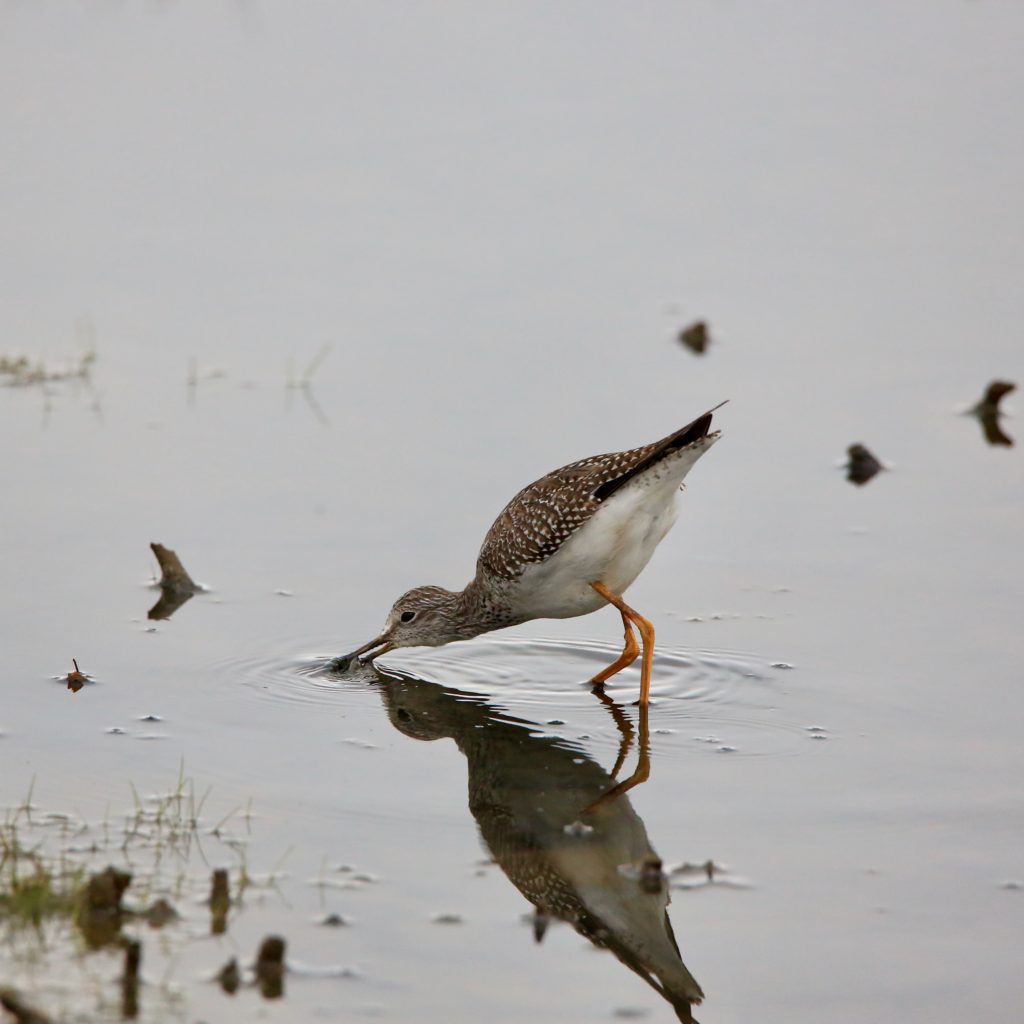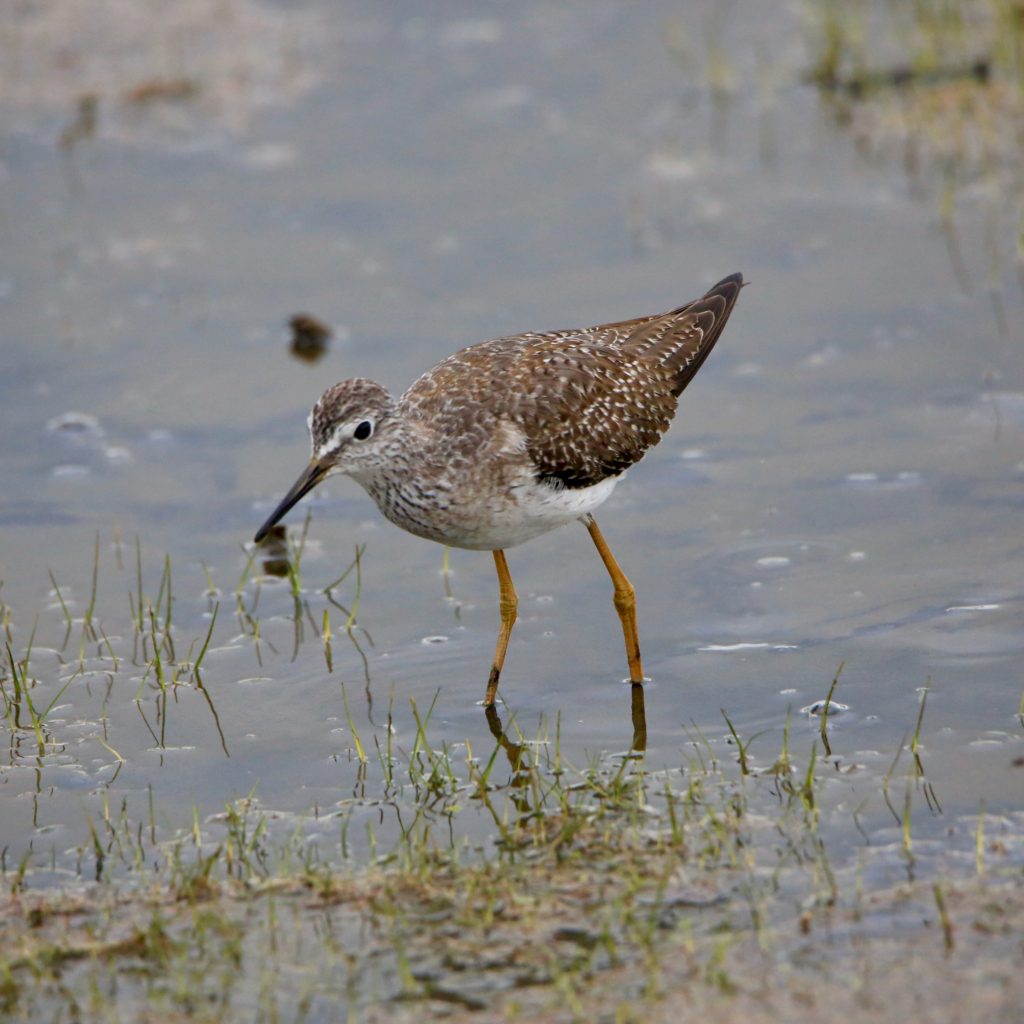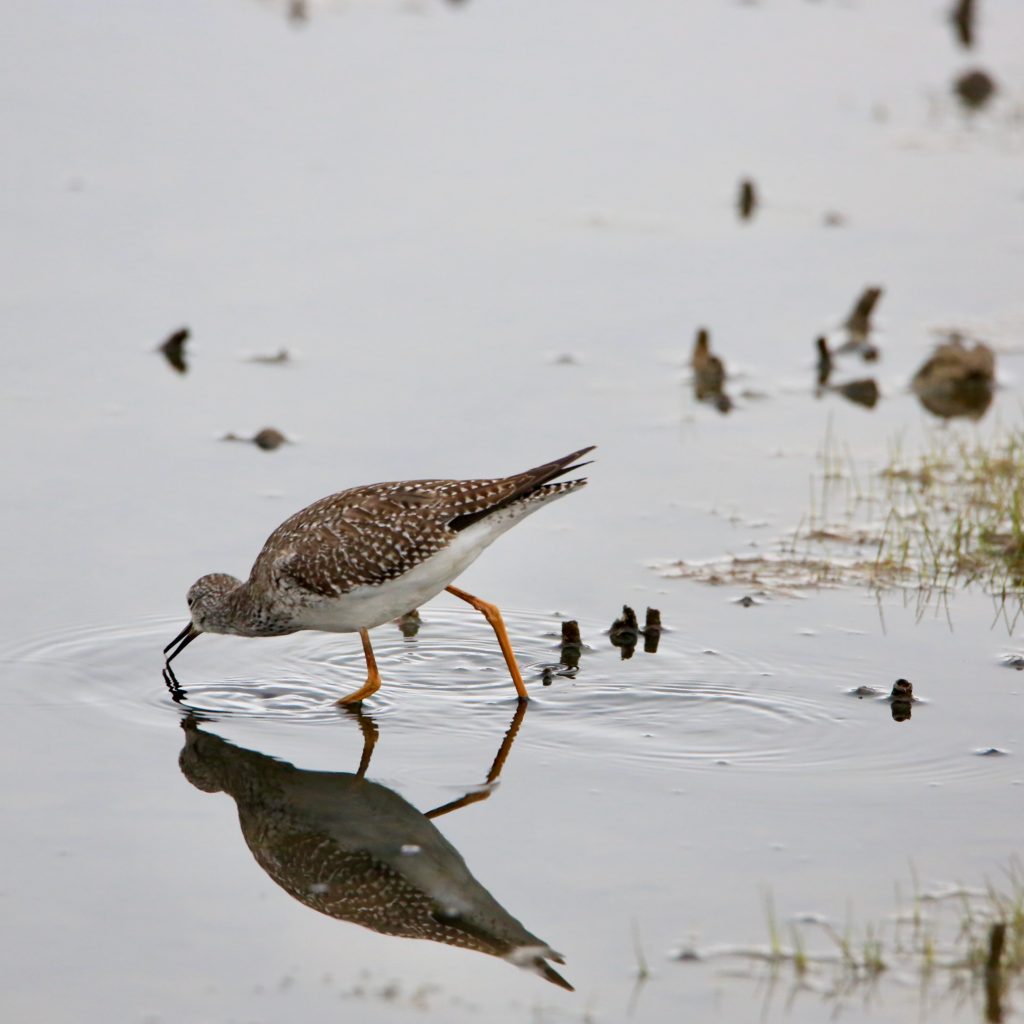
The Redwood National Park in Northern California’s coast covers Del Norte and Humboldt county. It is actually an amalgamation of several national and state parks. The 138,999 acres of the parks have old-growth forests of redwood under its protection. The parks include Prairie Creek Redwoods State Parks, Del Norte Coast, Jedediah Smith, and Redwood National Park.
Major Attractions at Redwood National Park
It is obvious that a park with so much habitat diversity would have some huge adventurous activities. A place like the Fern Canyon alone is enough to make someone’s day. There are places in the canyon where the Fern walls are 50 feet high, leading to a unique experience.
The Tall Tree Grove has 100 meters high trees. The Lady Bird Johnson Grove trail makes you feel like you have stepped inside an enchanting fairy tale. The Endert’s Beach is a little to the side but is worth seeing during low tide as you find sea urchins and sea stars on the pools. How about going to Battery Point Lighthouse and Museum, one of California’s first lighthouses, for a history trip.
GET KIDS BIRD WATCHING
Bird Watching at Redwood National Park
A total of 710 species have been observed in California. On record, there have been 280 species of bird in Redwood National Park. The entire USA has 800 recorded species, so about one-third is present in this park alone.
The vast bird diversity can be attributed to how the park’s landscape covers the habitats scattered throughout it. Yet, one can tour the entire park in a single day and come across or listen to at least a dozen bird species present.
The vast majority of the park belongs to coastal redwoods that protect second-growth conifer forests within it. In summer, just before the sun rises, you have the rare chance of spotting the Marbled Murrelet, an endangered species. Other than that, this part of the park has Woodpeckers, Ruffed Grouse, Owls, Warblers, and Flycatchers.
The southeast portion of the park has a habitat made of Oregon Oak and grasslands. The birds seen here are either oak lovers or open country birds such as Western Scrub-Jay, Red-tailed Hawk, and White-tailed Kite.
Along the riverside, such as Prairie Creek, Redwood Creek, Smith River, and Mili creek, you will notice big maple leaf, willow, and red alder dense forests. Here, you might find a Spotted Sandpiper, Yellow Warbler, American Dipper, etc.
Half the coastlands of the Redwood National Park consist of sandy beaches. This includes Crescent Beach, False Klamath Cove, Freshwater Spit, and Gold Bluffs Beach. Different species of Sandpipers stop by these beaches during winter or migration season, which includes Sanderlings and Whimbrels.
10 Birds to See at Redwood National Park
Yellow Warbler
Yellow Warblers are an all-around yellow bird with some light brown stripes on their chest. These birds live throughout North America. Their population is stable and not at risk of endangerment. They make their homes in gardens, streams, and along swamp edges. Yellow Warblers have a distinct whistle. They feed on insects in willows, wet woods, and even by the roadside. Yellow Warblers migrate early in the fall.
Black-crowned Night-Heron
Black-crowned Night-Herons are gray and black with a white plume on their head. They are most common in wetlands across North America. These Herons live on every continent except Antarctica and Australia. Their population is stable after having a decline. They live in marshes and roosts of trees. Black-crowned Night-Herons are most active at night, finding food such as small fish to eat. They also like to eat squid, mussels, and clams. They lay 3 to 4 eggs in a platform type nest. Most of these Herons migrate south for the winter.
Brown Pelican
Brown Pelicans have a dark body and an oversized bill. You can find them along the southern coasts of the United States. They were once endangered, but due to conservation efforts, have come back. They make their habitat on beaches and near oceans. Brown Pelicans feed by diving into the water from high up and scooping up small fish. They lay about 3 eggs and nest in colonies. Brown Pelicans migrate along the coast moving south for winter.
California Gull
California Gulls are a medium size bird with yellow legs. They have a white chest and gray back. They live in California, but also throughout the western United States. The population of the California Gull is steady and has recorded slight increases in recent years. They make their homes near coasts, rivers, and lakes. Brown Pelicans also move inland to find food and can be found in parking lots eating leftovers! They lay 2 to 3 eggs in a nest on the ground near water bodies. The young birds will leave the nest after only a few days but stay close to their parents. The California Gull is the state bird of Utah. They move west towards the Pacific Coast for winter.
California Quail
California Quails are large and round with a gray body and a head plume. The plume looks like one big feather, but is actually 6 feathers overlapping. You can find this Quail in California as well as the rest of the northwest U.S. As building in coastal areas has increased, the population of California Quail has declined. California Quail make their homes along woodland edges, in parks, and farms. They can be found roaming the ground looking for seeds and insects to eat. They lay 10 to 16 eggs and build their nests on the ground. These Quails do not migrate.
Great Egret
Great Egrets are a beautiful white color with black legs and a yellow bill. They live along the coasts of North America. In the 1800’s, their population was very low because of over-hunting. They have now recovered and appear to be stable. Their homes are near coastal marshes or ponds. They are a large bird with an even bigger wingspan. Great Egrets are the symbol of the National Audubon Society, which was founded to help protect birds. They mostly eat fish and sometimes frogs, salamanders, or snakes. They lay 3 to 4 eggs in platform nests with lots of sticks. Great Egrets migrate to open waters in the winter.
Greater Yellowlegs
Greater Yellowlegs are shorebirds with black and white plumage and of course, yellow legs! These birds live throughout North America. Their population is stable and they are not at risk of being endangered. They make their homes in marshes and other wetlands. Greater Yellowlegs are nicknamed the “marsh piper” since they will wade in deeper waters to eat. They make their nests on the ground near water and lay about 4 eggs. Greater Yellowlegs migrate in small flocks in the fall.
Northern Harrier
Northern Harriers are brown and gray with a white underside and black wingtips. They also have a white patch on their tail at the base. The face of a Northern Harrier is similar to an owl. Northern Harriers live throughout North America. Their population is declining; however, they are still common. They make their homes in marshes, fields, and prairies. Northern Harriers eat small rodents and birds. The ones found in the south are permanent residents, while the ones found in the north migrate in both fall and spring.
Osprey
Ospreys are brown on top with white underneath. You can find Ospreys throughout North America. Their population was endangered, due to pesticides, but since being banned, the Osprey population has recovered. They make their homes near rivers and lakes. They dive into the water to catch live fish. Ospreys lay about 3 eggs and build stick nests high up on telephone poles and other nest platforms. They migrate along coastlines and lake shores; however, the Ospreys found in Florida are permanent residents.
White-crowned Sparrow
White-crowned Sparrows are a gray bird with black and white stripes on their head and a yellow bill. They live throughout North America. Their population is widespread and common. They make their homes in forest edges, thickets, gardens, and parks. White-crowned Sparrows are a winter bird found in fields and along roadsides. They can be found on the ground looking for insects to eat. White-crowned Sparrows along the Pacific Coast are permanent residents. The ones from the north and mountain regions migrate south.
Final Thoughts
Bird watching at the Redwood National Park is beyond fun because you have no idea what kind of species you would run into. The park has so much diversity that even for experienced birders, it might be hard to identify them all. We would recommend keeping an identification book with you in case of an emergency.
Ornithology
Bird Watching Academy & Camp Subscription Boxes
At the Bird Watching Academy & Camp we help kids, youth, and adults get excited and involved in bird watching. We have several monthly subscription boxes that you can subscribe to. Our monthly subscription boxes help kids, youth, and adults learn about birds, bird watching, and bird conservation.
- Kids Bird Watching Monthly Subscription$10.00 / month
- Kid & Adult Bird Watching Starter Pack Subscription$10.00 / month and a $72.00 sign-up fee
- Kids Bird Watching Starter Pack Subscription$10.00 / month and a $19.00 sign-up fee
Bird Watching Binoculars
The most common types of bird watching binoculars for viewing birds at Redwood National Park is the 8×21 binoculars and 10×42 binoculars. Bird Watching Academy & Camp sells really nice 8×21 binoculars and 10×42 binoculars. You can view and purchase them here.
- Birding Binoculars$49.99
- Kids Binoculars$13.99




























